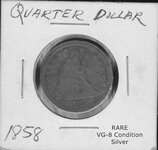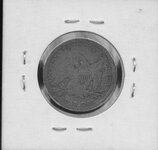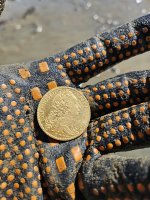Can anyone tell me if this is real? Its lighter than its suppost to by over a gram. I checked rim but i cant find a seam. It has a little magnetic material in it because i passed it over a small super magnet. The actual color of the metal is greyish. like a worn down 1943 Nickel. Im pretty sure this is fake but i need someone to confirm and tell me what its made out of. 

Amazon Forum Fav 👍
Attachments
Upvote
0









